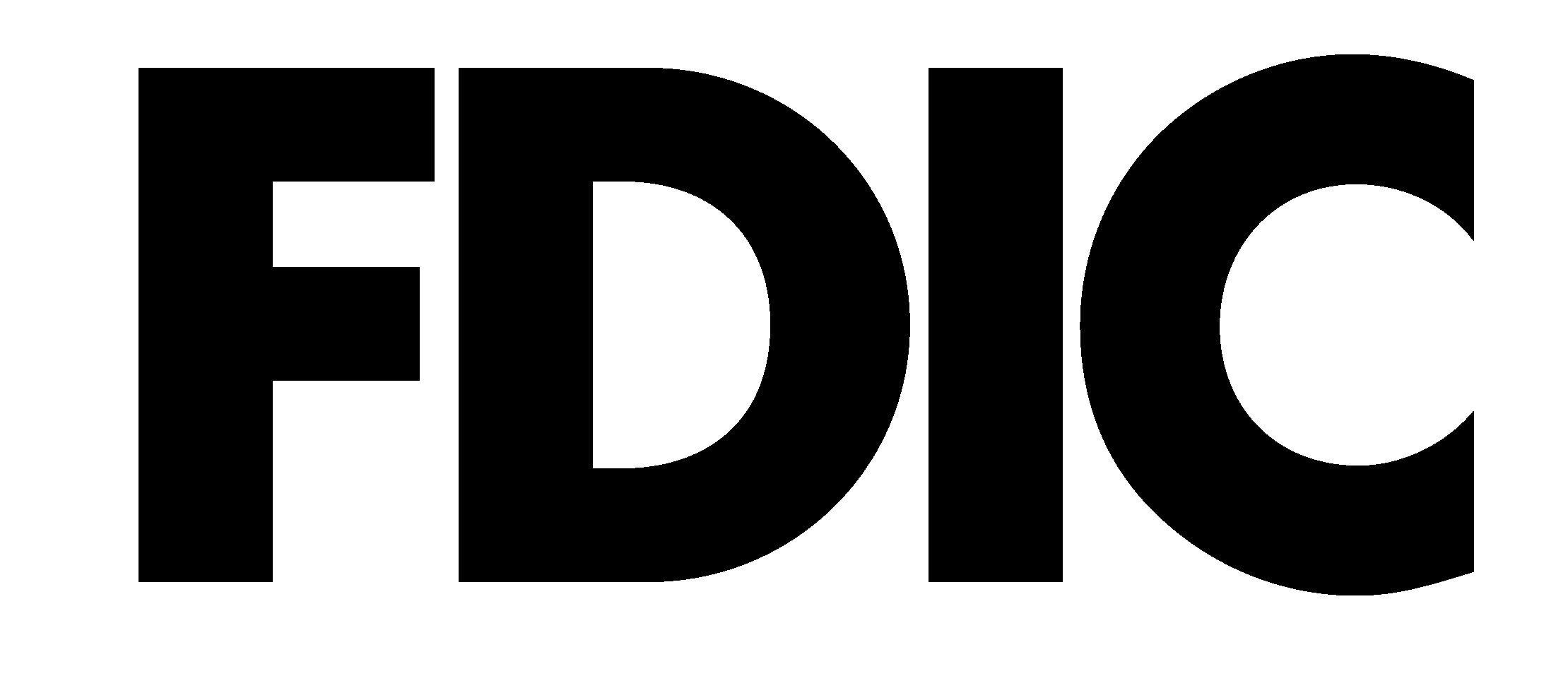We are surrounded by colors in our everyday lives. You might wear a grey suit while walking in the yellow sunshine before entering a blue office. Maybe you thought you'd brighten up your outfit with a green tie or blouse. No matter where you look, your eyes will be assaulted by some shade. Companies know this, which is what makes them have colorful logos and brands. However, one color appears more than the rest, yet it doesn't have the desired effect on its audience.
Blue dominates the color wheel
Think about your favorite brands. They're most likely a shade of blue. Approximately 60 percent of Fortune 500 companies and nearly half of the teams in Major League Baseball have blue logos, according to Fast Company. There is a plethora of other businesses, social media and sports teams that sport some shade of the color as well.
This may be because blue is the No. 1 color to be named a favorite among men and women. More than half of males and 35 percent of females ranked the color as their top pick, Help Scout reported. With blue appealing to the masses, it would make sense for businesses to choose it for their brands.
However, the popularity is not as it appears to be. While the general audience may feel a pull toward blue, the companies that use it aren't seeing the same enthusiasm. Corporations whose main color was a shade of blue performed worse than their counterparts with other hues, despite many of them having higher payrolls, Fast Company discovered in a study. The blue MLB teams had a lower win average of 80.9 wins compared to the orange organizations with 82.7 and the red with 88.8. Only one predominantly blue team has won the World Series in the last decade. The same can be said for the top 30 companies. Blue businesses composed 63 percent of the list, yet generated 45 percent of the profits.
Feeling blue with limited options
While blue may be a popular color, its overall likability may be one of its problems. If companies aren't taking risks with something as simple as a color, are they playing it safe in other areas too? Businesses choose blue because they believe it will appeal to more people. However, it might also turn them away, Fast Company explained. Choosing the consensus-approved shade shows that these companies aren't willing to take risks or make bold moves. This may dissuade clients who believe these businesses won't do whatever it takes.
However, there may also be a reason that blue companies perform worse than ones who choose different brands. There is a deeply seated belief that color influences moods and evokes emotion. Each hue incites a certain feeling in consumers, according to Help Scout.
- Yellow – optimism, clarity, warmth
- Orange – friendly, cheerful, confident
- Red – bold, youthful, excitement
- Purple – creative, imaginative, wise
- Blue – trust, dependable, strength
- Green – peaceful, growth, health
- White – balance, neutral, calm
Calming and peaceful are also associated with blue, which may leave consumers wanting more, Fast Company explained. With nothing to attract people's attention, there's little chance of customers purchasing products.
When it comes to choosing a color for your brand, you should choose one that sets you apart from the crowd. Does your company tailor strictly to one gender – women are also fond of purple – or does it have a wider audience – everyone likes green? Opting for a color other than blue will attract more people and your business banking account will thank you for it.


